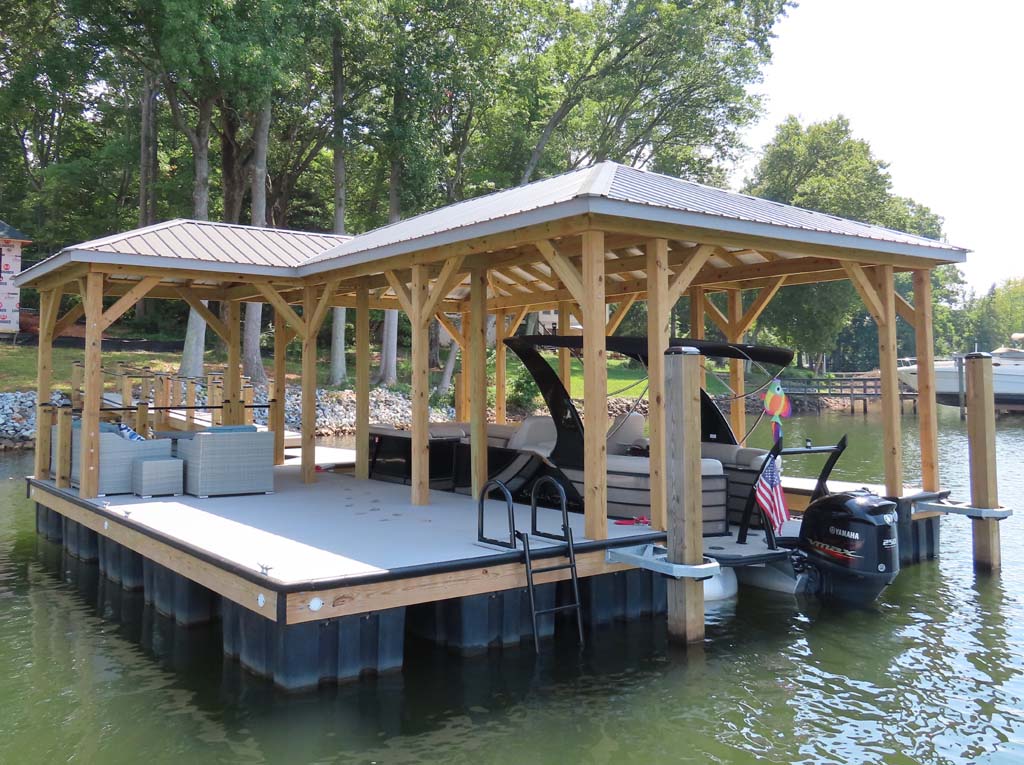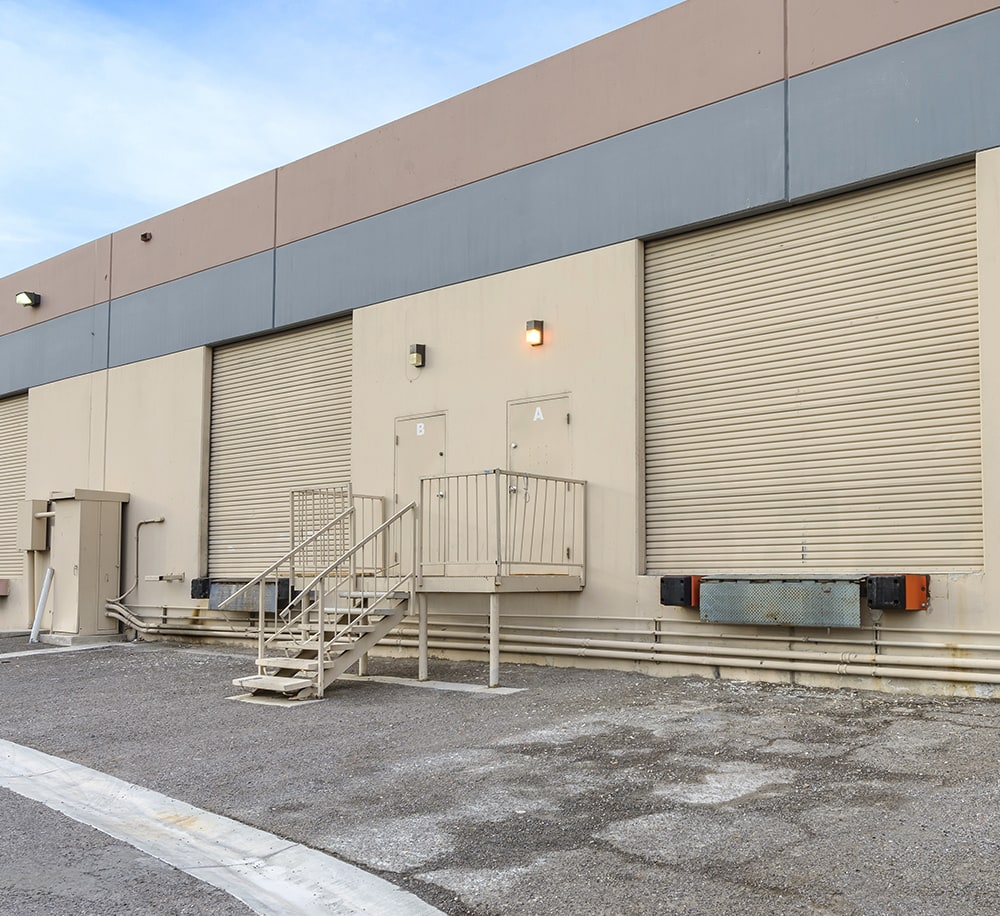Seasonal Preparations: When to Schedule Your Dock Repairs
Seasonal Preparations: When to Schedule Your Dock Repairs
Blog Article
Efficient Dock Repair Service Techniques: Making Certain Structural Honesty
Making certain the structural integrity of docks via reliable repair strategies is extremely important for the longevity and safety of aquatic facilities. This includes a multi-faceted approach beginning with extensive evaluations utilizing sophisticated technologies like finder tools and from another location ran automobiles (ROVs) to detect both visible and hid problems. Ultimately, selecting the appropriate repair service products, such as corrosion-resistant alloys and composite materials, is critical for durability. Structural reinforcement approaches, including the implementation of cross-bracing systems and load-distribution plates, play a crucial function in mitigating stress factors. The value of these techniques ends up being evident when exploring innovative repair service methods and preventative upkeep techniques.
Examining Dock Damage
Analyzing dock damages is a vital initial action in guaranteeing the architectural stability and safety of any docking center. This first examination includes a comprehensive inspection to identify both hidden and visible problems. Trick facets to examine consist of the dock's structure, pilings, outdoor decking, and equipment. Each part has to be scrutinized for indications of wear, rot, deterioration, or other types of destruction that can jeopardize the structural integrity.
Architectural engineers or qualified examiners typically do these evaluations making use of specialized tools and methods. As an example, underwater examinations might employ finder equipment or remotely ran cars (ROVs) to find submerged damage. Above water, aesthetic examinations are matched by making use of wetness meters and various other diagnostic devices to reveal underlying problems not immediately visible to the naked eye.

Picking Repair Materials
Choosing the appropriate repair service materials is a critical action in the dock remediation process, one that straight affects the long life and efficiency of the repaired framework. Material selection need to be driven by elements such as ecological problems, load-bearing demands, and compatibility with existing dock elements. For instance, wood is a standard selection for docks as a result of its all-natural strength and visual charm. However, selecting the ideal type of wood, such as pressure-treated lumber or normally rot-resistant species like cedar or teak, is essential to hold up against water settings.
Along with wood, composite products are increasingly popular due to their durability and reduced upkeep demands. Compounds, generally made from a blend of plastic and timber fibers, supply exceptional resistance to rot, bugs, and UV damage. For steel docks, selecting corrosion-resistant alloys such as galvanized steel or marine-grade aluminum is necessary to protect against corrosion and make sure structural integrity in saline water conditions.
Epoxy resins and marine-grade sealants are crucial for repairing splits and securing joints, providing a water resistant barrier and enhancing the dock's general toughness. By carefully choosing high-quality materials, dock repairs can achieve lasting results, thereby securing against future destruction and making sure risk-free, dependable usage.
Structural Reinforcement Techniques
Efficient structural reinforcement methods are crucial in guaranteeing the security and long life of dock repairs. This technique is especially efficient for docks revealed to hefty tons or severe environmental conditions.
An additional crucial method is the application of fiber-reinforced polymers (FRP) These products use high strength-to-weight ratios and outstanding resistance to rust, making them ideal for enhancing concrete or wooden docks. FRP can be applied in sheets or strips and adhered with epoxy materials to enhance structural honesty.
Supporting and securing systems likewise play an essential duty in structural reinforcement. Cross-bracing, using metal helpful resources or wood beams, can neutralize side forces, reducing guiding and motion. Anchoring systems, such as helical piers or driven piles, supply a secure foundation by transferring tons to deeper, extra stable soil layers.
Finally, the integration of load-distribution plates can assist distribute weight a lot more equally across the dock's surface, mitigating local stress points. These techniques collectively guarantee that anchors stay secure and robust, capable of holding up against the rigors of their functional environment.
Advanced Fixing Approaches

An additional advanced method entails underwater welding, which enables repair work to be performed without the need to dewater the location. This method is especially helpful for resolving architectural problems in submerged dock components, ensuring very little disruption to operations. Boosted welding methods, coupled with robot systems, supply precision and integrity, thereby prolonging the life expectancy of the dock.
Furthermore, cathodic protection systems are implemented to stop rust in metal dock structures. By utilizing sacrificial anodes or satisfied present systems, these strategies effectively mitigate the electrochemical procedures that cause product deterioration.
Last but not least, advanced monitoring modern technologies, such as architectural wellness surveillance (SHM) systems, give real-time data on the problem of dock frameworks. These systems make it possible for aggressive maintenance and timely treatments, ultimately ensuring the long-lasting structural honesty of the dock.
Upkeep and Avoidance
Maintenance and avoidance are fundamental principles that underpin the long life and safety and security of dock frameworks. Normal assessments are critical, permitting very early discovery of damage, prospective weak points, and environmental influences. An aggressive strategy, involving regular look for corrosion, rot, and architectural shifts, mitigates pricey fixings and prolongs the dock's functional life.
Safety nets ought site here to consist of applying protective coatings to steel elements to defend against rust and making use of cured wood to withstand decay. Furthermore, making sure appropriate water drainage and ventilation can prevent water build-up, which is an usual source of architectural destruction. Integrating top quality products and sticking to manufacturer guidelines throughout construction and repair work phases likewise play crucial roles in improving resilience.

Educating workers in dock maintenance best techniques makes certain regular application of safety nets. Leveraging technological advances, such as drones for inspections and sensing units for real-time tracking, can additionally enhance maintenance initiatives. By prioritizing maintenance and avoidance, dock owners can ensure architectural stability, operational safety and security, and economical management over the dock's lifespan.
Verdict
Finally, maintaining the architectural stability of aquatic facilities necessitates detailed dock repair work strategies. Complete evaluations making use of sophisticated devices discover both noticeable and concealed problems, while the selection of ideal repair work products enhances longevity. Executing architectural reinforcement approaches addresses stress factors effectively. Advanced repair service strategies, combined with regular maintenance methods, make certain the dock stays operational and risk-free under varied environmental conditions. Taking on these techniques substantially lengthens the lifespan and performance of marine infrastructure.
Ensuring sites the structural integrity of anchors with reliable repair work methods is extremely important for the longevity and safety of marine facilities.Picking the suitable repair work materials is an essential action in the dock repair procedure, one that straight affects the durability and performance of the fixed framework.Reliable architectural support methods are essential in making certain the security and durability of dock repair work. By prioritizing maintenance and prevention, dock proprietors can make certain architectural stability, operational safety, and cost-effective management over the dock's life-span.
In verdict, preserving the structural integrity of aquatic facilities necessitates thorough dock fixing strategies.
Report this page